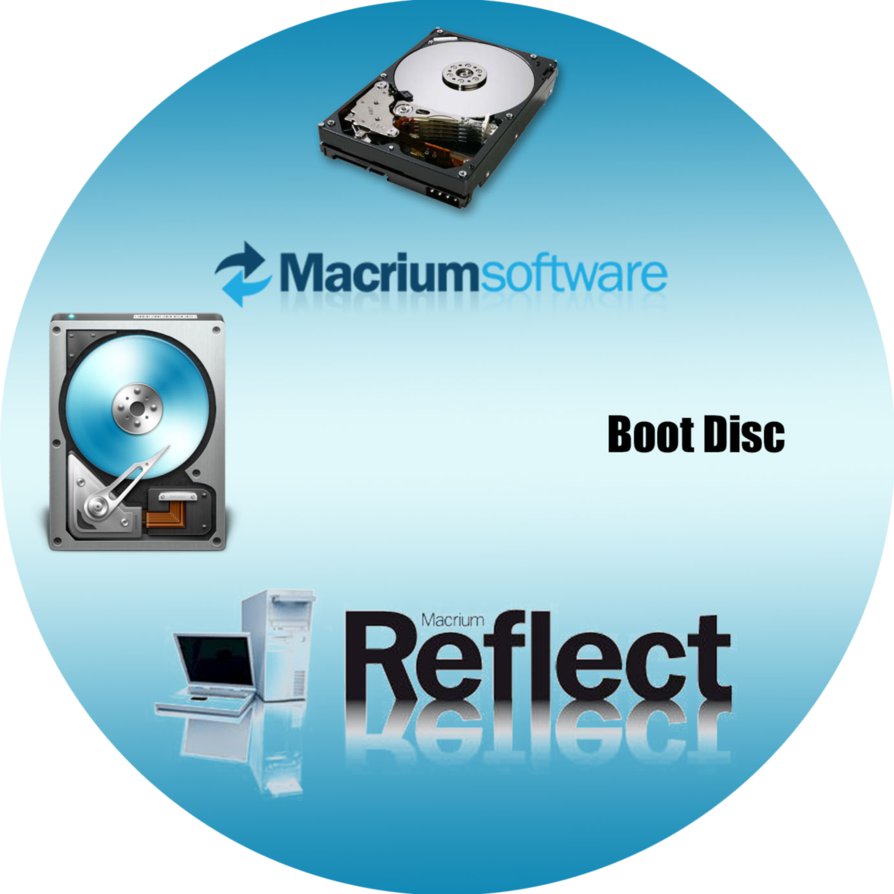
If you’re using a laptop with a single bay for the HD or SSD, you’ll need to purchase an external SATA-to-USB adapter, enclosure or dock that allows you to connect the new drive to the computer. The source drive is the one that’s in your computer now, and the destination drive is the new drive you want to install. It’s a bit daunting for anyone below the expert level but is decent software if you’re comfortable with the more complicated user interface.įor the cloning process, you need to have two drives. This powerful, free software is downloaded onto a USB and when it boots up proceeds with the cloning. Because of this, it’s highly recommended for those who aren’t extremely tech savvy. The above URL is the free version that works for personal or business computers. Here are two of the most widely used and reliable ones. The Samsung product only works with Samsung hardware and Windows operating systems, so be sure the drive you buy is compatible with your laptop or PC. For example, Samsung has cloning software available to support its SSDs at. The manufacturer of the replacement SSD may have free cloning software. What Type of Cloning Software Is Available? Doing the process incorrectly has catastrophic risks, so proceed with caution.

What are the Risks Involved in Cloning Your HD or SSD?Ĭloning, by design, wipes out the contents of your computer and reloads them onto a replacement device. Cloning is different from imaging, which involves copying one or more partitions to an imaging file instead of an entire hard drive (HD) or solid state drive (SSD). The contents are typically written to one image file, which allows you to do the upgrade or restoration without reloading the operating system and applications. It includes the file structure and system files and is used for a backup to upgrade, restore or move the drive data.

Disk cloning involves copying the contents of a hard drive to a replacement hard drive.


 0 kommentar(er)
0 kommentar(er)
